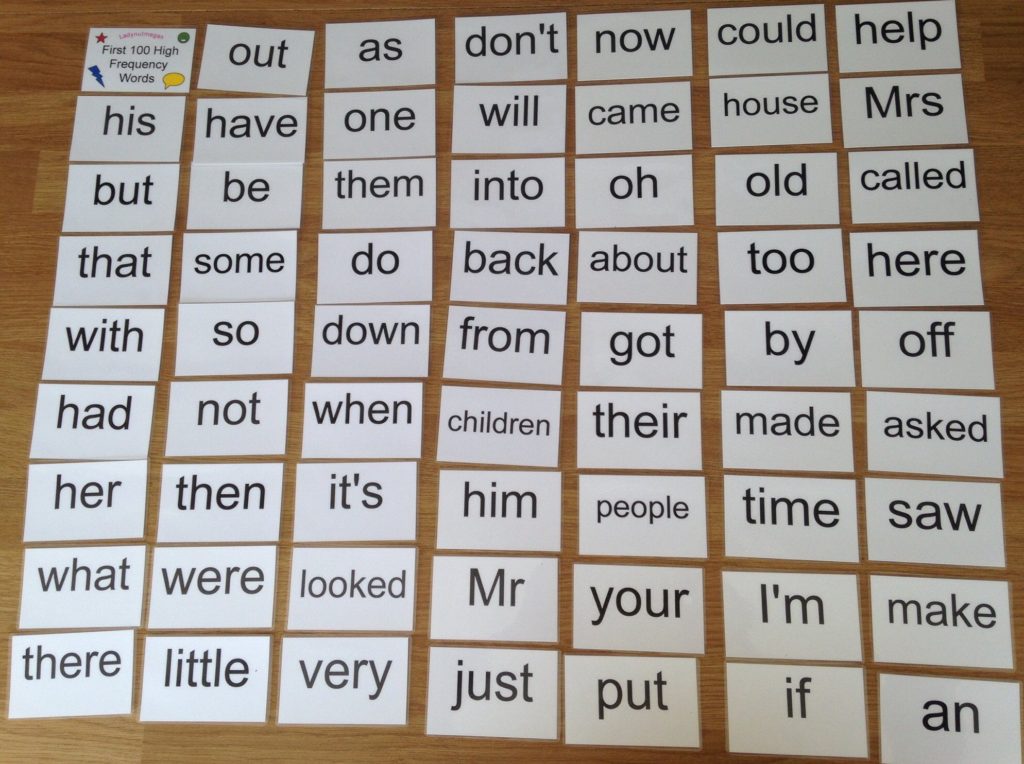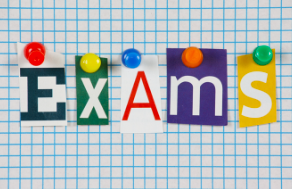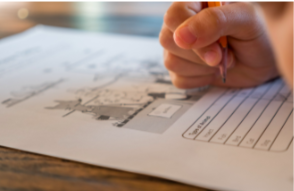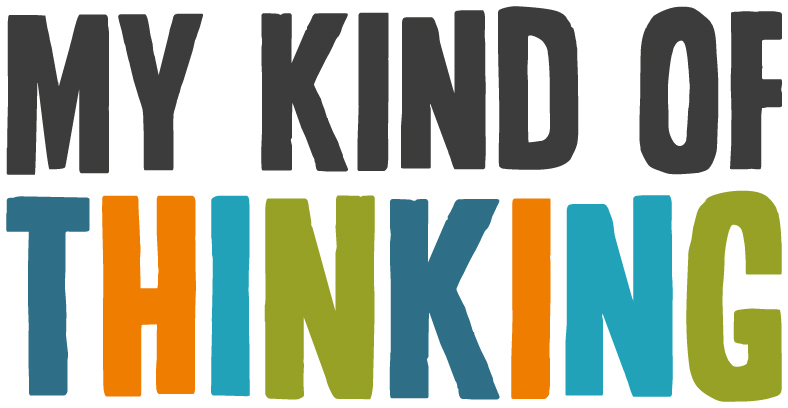At My Kind of Thinking we often get asked how a parent can support a child at home with dyslexia. There far too many ways to list on a blog post, but here are a few recommendations we give in our reports:
Reading
Paired reading
Paired reading is great. This evidence based approach involves the child and parent reading along in tandem initially and then using a non-verbal clue, the parent pauses as the child continues. Again, when the child wishes to pause, they use the same non-verbal sign and the parent continues. This technique allows the child to build their confidence, whilst gaining fluency and intonation from their reading partner. More information regarding this approach is provided here: http://arduthie.aberdeenshire.sch.uk/wp-content/uploads/ThePairedReadingApproach.pdf
Sight words
A second area we are often asked about are strategies for developing reading fluency. In this case it depends a little on what the weakness is. For example, if a child has a poor visual memory, they may find it hard to recall simple sight words like ‘but’ ‘and’ ‘because’ etc’ and this is likely to hamper their reading speed. Therefore on this occasion it may be beneficial for the child to be provided with ‘flash cards’ of these words to use at home, either through games like pairs or snap to encourage fluency in these key areas. The ‘Dolch list’ is a good place to start. There are also a number of youtube videos which offer ‘catchy’ (if slightly irritating!) tunes to help children recall these common words.

Barrington Stoke books
If a child struggles with both the action of reading and visual stress they may find the Barrington Stoke dyslexia friendly texts helpful. Many libraries and good bookshops stock them. There are a key number of differences between these texts and regular texts. Fundamentally, each book has both a reading age and an interest age which ensure that the books remain accessible and exciting. To find out more about these and to see how they differ to other titles take a look at the Facebook post from our local bookshop in Westbourne, Bournemouth:
Writing
At home, it is important to create a space for writing. Experiment with pen grips, different pencils and pens. Make sure the space is clear of distractions and consider a writing slope or folder to help with the position of the paper. If ‘getting ideas down’ on paper is an area of difficulty, try using visual planning techniques as a starting point. For example, a simple mind map or spider diagram or cartoon sequence to help with planning out thoughts. Some children may prefer to talk their responses, these can be recorded on a phone, iPad or ‘talking tin’ and then written down afterwards.
Writing can also be scaffolded. For example a simple ‘cloze’ type procedure where missing words are left out as sentence starters can help to start paragraphs. A homemade spelling dictionary is also helpful for them to note down words they have struggled with too. Or some schools provide a spelling ‘mat’ for the desk which is a helpful way for the child to be offered consistency between home and school.
If handwriting is a difficulty, there are many good books and suggestions for starting to support handwriting. It is important to recognise that handwriting involves the whole body, from the core to the arms and wrists. If despite significant practice, handwriting is still an issue consider looking at the book ‘Speed Up’ by Louis Addy. It is aimed at children 8 years and upwards and takes a ‘whole body’ approach to writing.

Support in school
Exam Access Arrangements


The majority of children with dyslexia will require some kind of exam access arrangement in their education. This could include 25% extra time in exams, a reader, scribe, use of a computer, prompter or enlarged scripts.
The decision to put in these arrangements rests with the school and the awarding body. Our recommendations offer evidence for ‘normal way of working’ and can prompt further assessment in school at a later date.
If you require more information about exam access arrangements, please do not hesitate to drop us an email at info@mykindofthinking.co.uk . For more information about arrangements at GCSE and A level refer to the JCQ website.
This post, we hope, has given a few suggestions, but there are many. Each of our assessment report has a bespoke set of recommendations for use both at home and in the school. It focuses on the individual at the time of the assessment and in the future. If you would like to find out more about assessments for children visit our page here.


